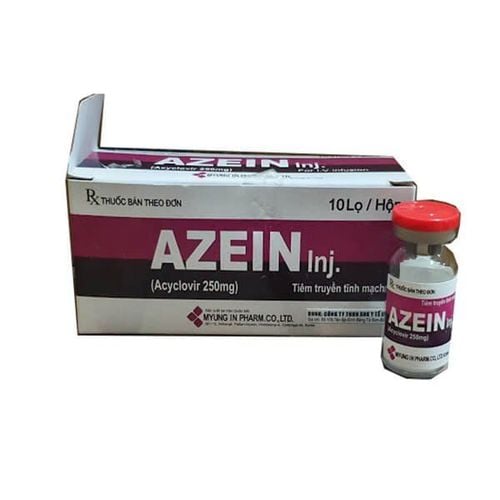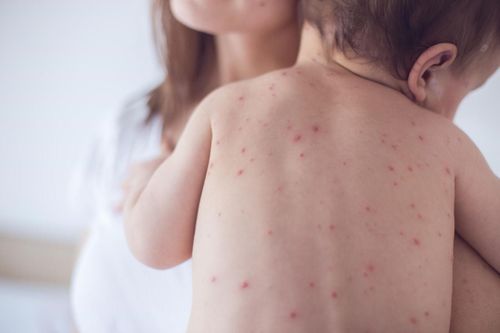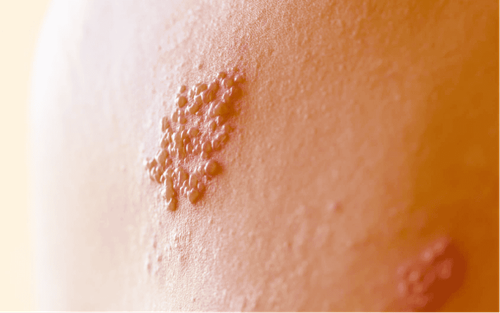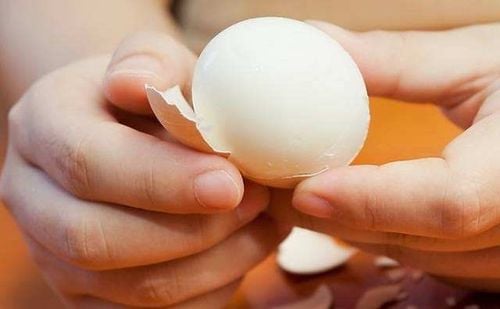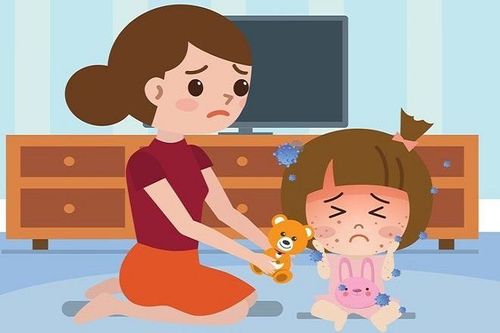This is an automatically translated article.
The article is expertly advised by MSc. Dr. Nguyen Minh Tuan - Pediatrician at the Department of Pediatrics - Neonatology - Vinmec Danang International General HospitalShingles is a disease that spreads to the whole body, causing sores, although rare in children, it can cause dangerous complications if not handled promptly and properly.
1. What is shingles in children?
Shingles in children is one of the skin diseases caused by a virus called Herpes zoster, this is a very contagious disease and often appears when the weather is rainy and humid. Shingles is actually a condition in which a band of blisters appears on a certain area of the body and causes burning pain. Early detection and treatment can help shorten the duration of infection and prevent potentially dangerous complications.According to research, the virus that causes shingles in children can affect adults, however, until now there is no specific vaccine to prevent it. Children with weakened immune systems are more likely to get sick, have not been vaccinated against chickenpox, or have recently recovered from the disease.
2. What causes shingles in children
Shingles in children is caused by zoster virus, initially, when entering the body, this virus will cause chickenpox, after treatment of chickenpox, the virus will be repelled but they will stay localized. at the nerve ganglia and flare up into shingles when the human immune system weakens.
Some factors that increase the risk of shingles in children and young children are:
Experiencing emotional trauma Cold and wet weather Cold and wet weather Weak immune system Children's shingles can appear in Any position on the child's body, be it the intercostals, thighs, near the ears, neck, shoulders, abdomen, face, back and even eye sockets, encountering dangerous positions will cause difficulties. for the treatment.
Because the ability to infect and spread to the whole body of shingles is very high, so people who come into direct contact with an infected person will be at very high risk of contracting the disease. Shingles in children usually lasts 2 to 4 weeks and then goes away. It only occurs in children who have had chickenpox before.
3. Symptoms of shingles in children

Having nerve pain under the skin, the child will feel pain depending on damaged nerve branches. The child may have a fever when the blisters appear. The blisters and pustules will appear. The blisters will burst and scab over in 7-10 days Headache, body aches and pains Fatigue Signs of shingles in young children are easy to develop. Now, parents need to take the child to the hospital right away if:
Severe blisters appear on the face and eyes The blisters do not go away on their own after 10-14 days Feeling of pain and burning in the places where the blisters appear When not sure if you have shingles?
4. Is shingles in children dangerous or not?
Shingles in children is not a dangerous disease, but it will cause uncomfortable and painful feelings for children. Therefore, if you suspect that your child has this disease, it is best to take the child to the hospital for examination and appropriate treatment.
Although not dangerous, if shingles in children is not treated, there is also a high risk of complications, especially when acne bands grow in dangerous places such as eyes, nose, mouth.
5. How is shingles diagnosed?
Because the symptoms of shingles are fairly easy to identify, the diagnosis is also easy, the doctor can identify shingles in young children by looking at the blisters that appear on the child's body. In case the child's body does not have blisters, the doctor will make a diagnosis by asking some questions and may take a little pus or membrane from the blisters for testing, making the diagnosis more accurate.
To prevent the risk of complications that may occur when a child has shingles, each parent needs to take the child to the hospital for examination and treatment according to the doctor's protocol, but absolutely do not self-treat at home. . In addition, it is also advisable to take the initiative to prevent diseases for children, especially when the weather is wet and rainy, which will increase the risk of illness.
Please dial HOTLINE for more information or register for an appointment HERE. Download MyVinmec app to make appointments faster and to manage your bookings easily.





